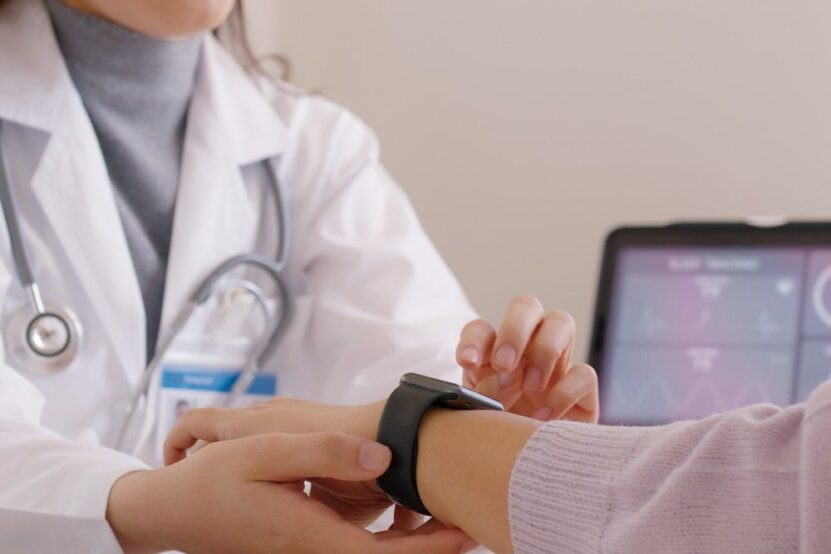Remote monitoring and patient care have become increasingly important these days. This transformation heavily relies on wireless connectivity, which empowers healthcare providers to effectively monitor the health of their patients from afar. This technology not only enhances the quality of care but also increases the accessibility of healthcare services, especially for those in remote or underserved areas.
Key Points
- Remote monitoring enables effective healthcare management outside of hospitals.
- Wireless connectivity is the foundation for seamless, real-time data transmission.
- Rural patients gain access to quality care through wireless technology.
- Continuous monitoring helps detect health issues early and improves patient outcomes.
- Remote healthcare reduces in-person visits and overall healthcare costs.
- Patients engaging with their data promote proactive health management.
What is Remote Healthcare Monitoring?
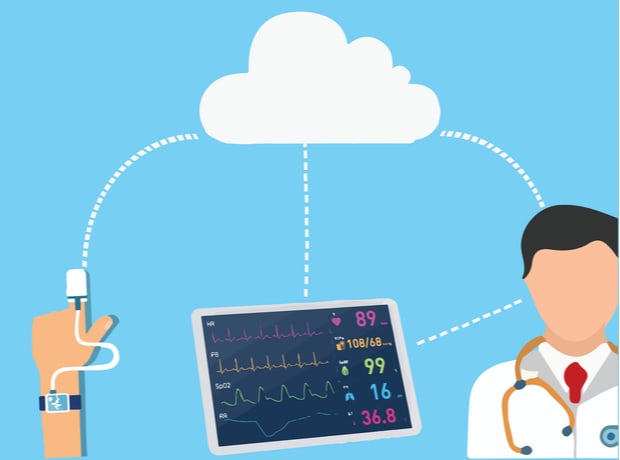
Remote healthcare monitoring involves the use of technology to track patients’ health conditions outside of traditional clinical settings, which might include monitoring vital signs like heart rate, blood pressure, or glucose levels from a patient’s home. Wireless connectivity is the backbone of this system, transmitting data from patient devices directly to healthcare providers in real time.
Benefits of Wireless Connectivity in Healthcare
- Improved Patient Access: Wireless technology allows patients in rural or remote locations to receive the same level of care as those in urban areas, eliminating the need for frequent travel to healthcare facilities, which can be costly and time-consuming.
- Enhanced Patient Outcomes: Continuous monitoring results in earlier detection of potential health issues before they become serious. This timely intervention significantly improves patient outcomes.
- Cost Reduction: Reducing the frequency of in-person visits and enabling early intervention means remote monitoring can decrease the overall cost of healthcare, which is beneficial for patients, healthcare providers and insurance companies.
- Increased Patient Engagement: When patients can easily access their health data through wireless devices, they are more likely to engage actively in managing their health. This increased engagement leads to better overall health management and patient satisfaction.
Key Technologies in Wireless Remote Monitoring
Wireless connectivity in healthcare utilizes various technologies to ensure efficient and reliable data transmission. These technologies include:
- Wi-Fi: Commonly used within homes and hospitals, Wi-Fi networks help connect patient monitoring devices to the internet.
- Bluetooth: Often used for short-range communications, Bluetooth technology connects patient devices to local computers or smartphones, which then transmit data to healthcare providers.
- Cellular Networks: For remote areas where Wi-Fi is unreliable, cellular networks transmit data directly from patient devices to healthcare providers.
These technologies ensure patient data is transmitted quickly and securely to healthcare providers for analysis and response.
Tips for Effective Wireless Integration in Healthcare
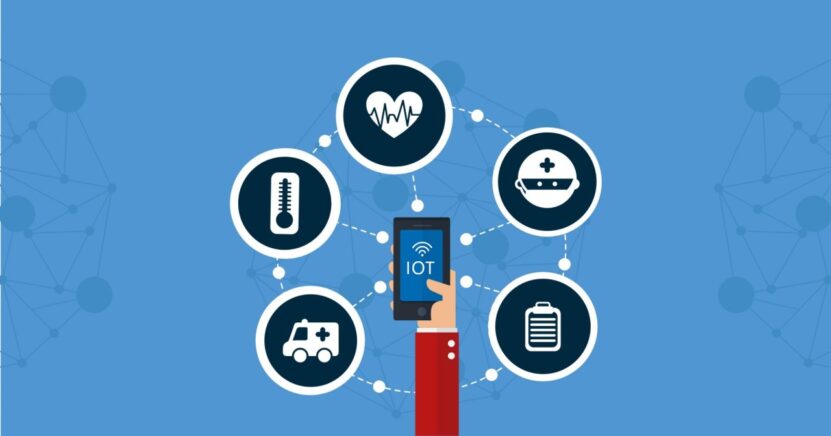
- Choose Reliable Networks: Ensure the network infrastructure is strong to avoid interruptions in data transmission.
- Optimize Device Compatibility: Make sure monitoring devices are compatible with various networks (Wi-Fi, Bluetooth, and cellular).
- Conduct Routine Testing: Regularly test connectivity and device performance to maintain consistency.
- Provide Patient Support: Offer technical support for patients using new devices to minimize technical barriers.
- Implement Security Protocols: Use encryption and secure networks to protect sensitive patient information.
Remote Monitoring IoT and Its Impact
The experts at Blues Wireless tell us that integrating remote monitoring IoT (Internet of Things) has been a game-changer in healthcare. In remote healthcare settings, IoT devices include wearable health monitors, implanted devices, and digital health applications.
These devices collect vast amounts of health data, which are then processed and analyzed through advanced algorithms. Healthcare providers use this data to make informed decisions about treatment plans, medication management, and even preventive measures.
Recommended IoT Devices for Remote Monitoring
- Wearable Health Monitors: Track real-time vital signs such as heart rate and oxygen levels.
- Home Monitoring Kits: Use devices that connect with apps to measure glucose or blood pressure levels.
- Medication Management Tools: Employ smart pill dispensers that remind patients to take their medication.
- Fall Detection Sensors: Alert healthcare providers if a patient falls or needs immediate assistance.
- Implantable Devices: Enable long-term tracking of chronic conditions, sending alerts if data goes beyond set parameters.
Challenges and Solutions
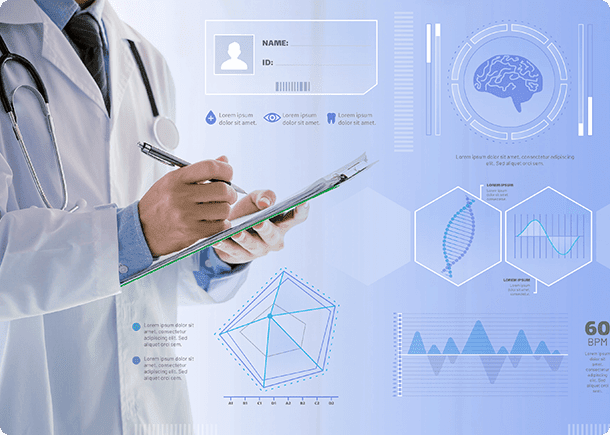
While wireless connectivity in remote healthcare monitoring offers many benefits, it also faces several challenges:
- Data Security: The transmission of sensitive health data over wireless networks raises concerns about privacy and security, so ensuring data encryption and secure communication channels is crucial.
- Network Reliability: Consistent and reliable network connectivity is vital for effective remote monitoring; investing in robust network infrastructure and having backup connectivity options mitigates this issue.
- Technology Adaptation: Some patients and healthcare providers may be hesitant to adopt new technologies. Providing proper training and support can help overcome this barrier.
Table – Comparing Wireless Connectivity Types for Healthcare
| Technology | Range | Use Case | Limitations |
| Wi-Fi | Short to Medium | Home/hospital environments | Limited range, potential interference |
| Bluetooth | Short | Device-to-smartphone connection | Limited range, slower transmission |
| Cellular | Long (remote) | Direct remote monitoring | Coverage gaps in remote areas |
Data Security Tips for Remote Healthcare
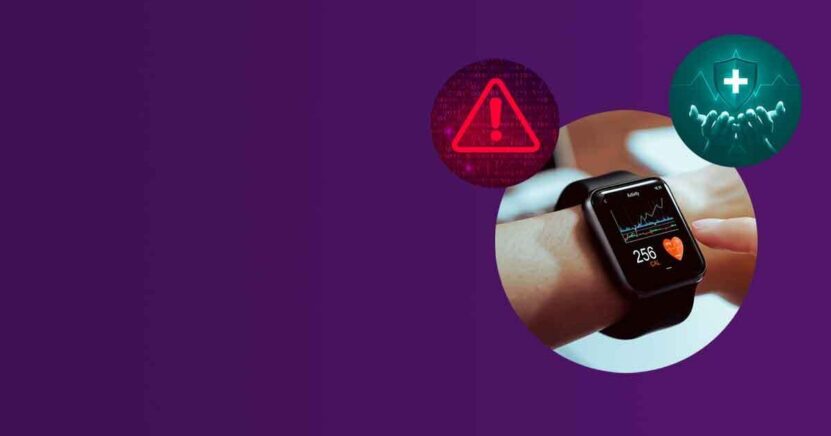
Data security in remote healthcare relies on several key strategies to safeguard patient information. First, ensuring all data is encrypted during transmission protects patient confidentiality, making it harder for unauthorized entities to access sensitive information. Adding two-factor authentication (2FA) provides an extra security layer by requiring a second verification step, enhancing access control.
Conducting regular security audits helps identify and address vulnerabilities in the system, maintaining robust protection over time. Educating patients on privacy best practices, such as setting strong passwords and avoiding public Wi-Fi, empowers them to play an active role in safeguarding their health data.
FAQ Section
- What if I have no Wi-Fi at home?
Cellular networks can provide direct data transmission to healthcare providers. - Can I choose which data to share with my provider?
Yes, most devices allow patients to control what data is shared, within the setup given by the provider. - Are there any risks of data misuse?
With secure encryption and privacy protocols, data misuse risks are minimized but remain possible. - Is remote monitoring only for chronic conditions?
No, it also supports preventive care, post-operative recovery, and general health monitoring. - How often is the data checked by healthcare providers?
This varies by provider, but critical alerts are generally monitored in real-time.
Conclusion
Wireless connectivity has changed the face of healthcare, making remote monitoring a vital component of modern medical practice. Providing real-time health data transmission, enhancing patient access to care, and reducing overall healthcare costs means that wireless technology continues to improve patient outcomes and revolutionize healthcare delivery. As technology advances, the potential for wireless connectivity in healthcare will only expand, offering exciting possibilities for patient care and medical management.

